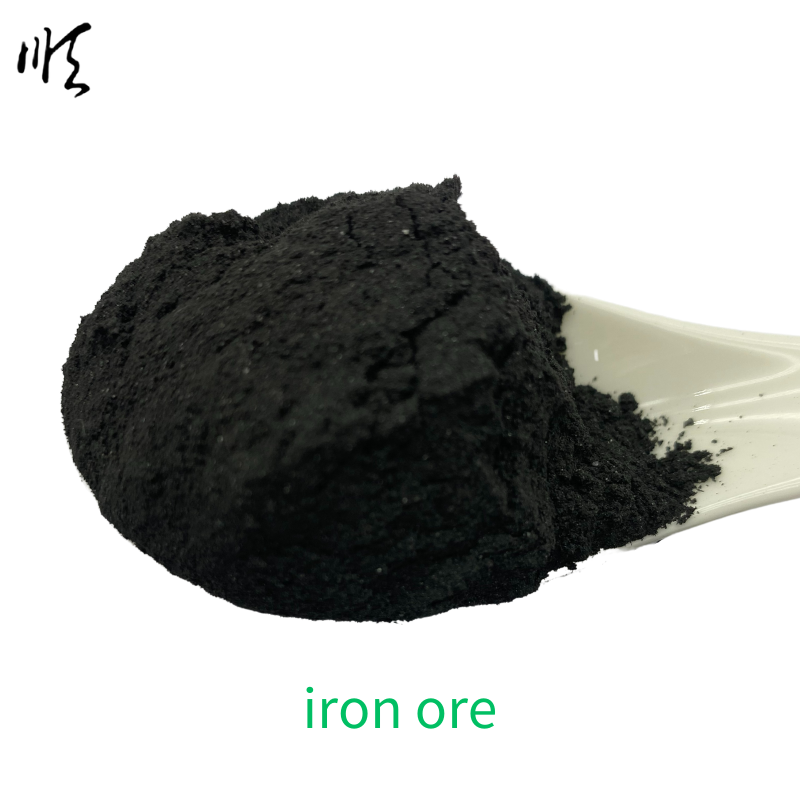
Understanding Talc and Talcum Powder Uses and Health Implications
Talc and Talcum Powder An Overview
Talc, a mineral composed primarily of magnesium, silicon, and oxygen, is widely recognized for its unique properties. It is the softest mineral on Earth, rating just 1 on the Mohs hardness scale. This soft, layered structure gives talc its characteristic slippery feel, making it a valuable ingredient in various products, most notably talcum powder. Talcum powder has long been used in personal care products, particularly for its ability to absorb moisture and reduce friction.
Talc and Talcum Powder An Overview
One of the major issues surrounding talcum powder is its potential contamination with asbestos, a known carcinogen. Asbestos is a naturally occurring mineral that can sometimes be found in proximity to talc deposits. When talc is mined, there is a risk of asbestos contamination, particularly if proper safety measures are not in place. The U.S. Food and Drug Administration (FDA) has conducted studies and recommended stringent testing to ensure that talcum powder products do not contain harmful levels of asbestos. However, consumer concerns remain, leading some individuals to seek talc-free alternatives.
talc and talcum powder

The legal landscape surrounding talcum powder has become increasingly complex. Numerous lawsuits have emerged against major talcum powder manufacturers, alleging that their products have caused cancer. These high-profile cases have raised significant public awareness about the safety of talc, leading to changes in manufacturing practices and product formulations. In response, some companies have started developing and promoting talc-free powders made from alternative ingredients such as cornstarch or arrowroot, which still provide moisture absorption without the associated risks of talc.
Despite the controversies, talc also has numerous industrial applications. Beyond cosmetics, talc is utilized in the manufacture of ceramics, paints, paper, rubber, and plastics. Its unique physical properties, such as its ability to enhance the texture of products and improve their heat resistance, make it an important component in various industries. The global talc market remains significant, with applications that extend far beyond personal care.
For those who use talcum powder, it is essential to stay informed and consider potential risks. Individuals are encouraged to read labels carefully and choose products that are certified asbestos-free. Furthermore, for those concerned about the potential health risks associated with traditional talcum powder, many alternatives are readily available on the market. These substitutes can provide similar benefits without the concerns tied to talc.
In summary, talc and talcum powder represent a blend of historical significance and contemporary challenges. While talc has been celebrated for its absorbent qualities and versatility in various applications, increasing health concerns, particularly regarding asbestos contamination, have cast a shadow over its use. Consumers are faced with the task of making informed choices about the products they use. As demand for safer alternatives grows, the beauty and personal care industry continues to evolve, reflecting broader health, safety, and environmental considerations.
Share
-
Premium Glass Sand Solutions | High Purity SupplyNewsAug.03,2025
-
Premium Talcum Powder Enhanced with GPT-4 Turbo | Soft & Long-LastingNewsAug.02,2025
-
Fly Ash Solutions Enhanced by GPT-4 Turbo | Sustainable InnovationNewsAug.01,2025
-
Natural Premium Bentonite Cat Litter - Superior ClumpingNewsJul.31,2025
-
Premium Resin Coated Sand - High Heat Resistance CastingNewsJul.31,2025
-
High Quality Silicon Carbide Grit for Abrasive ApplicationsNewsJul.30,2025






